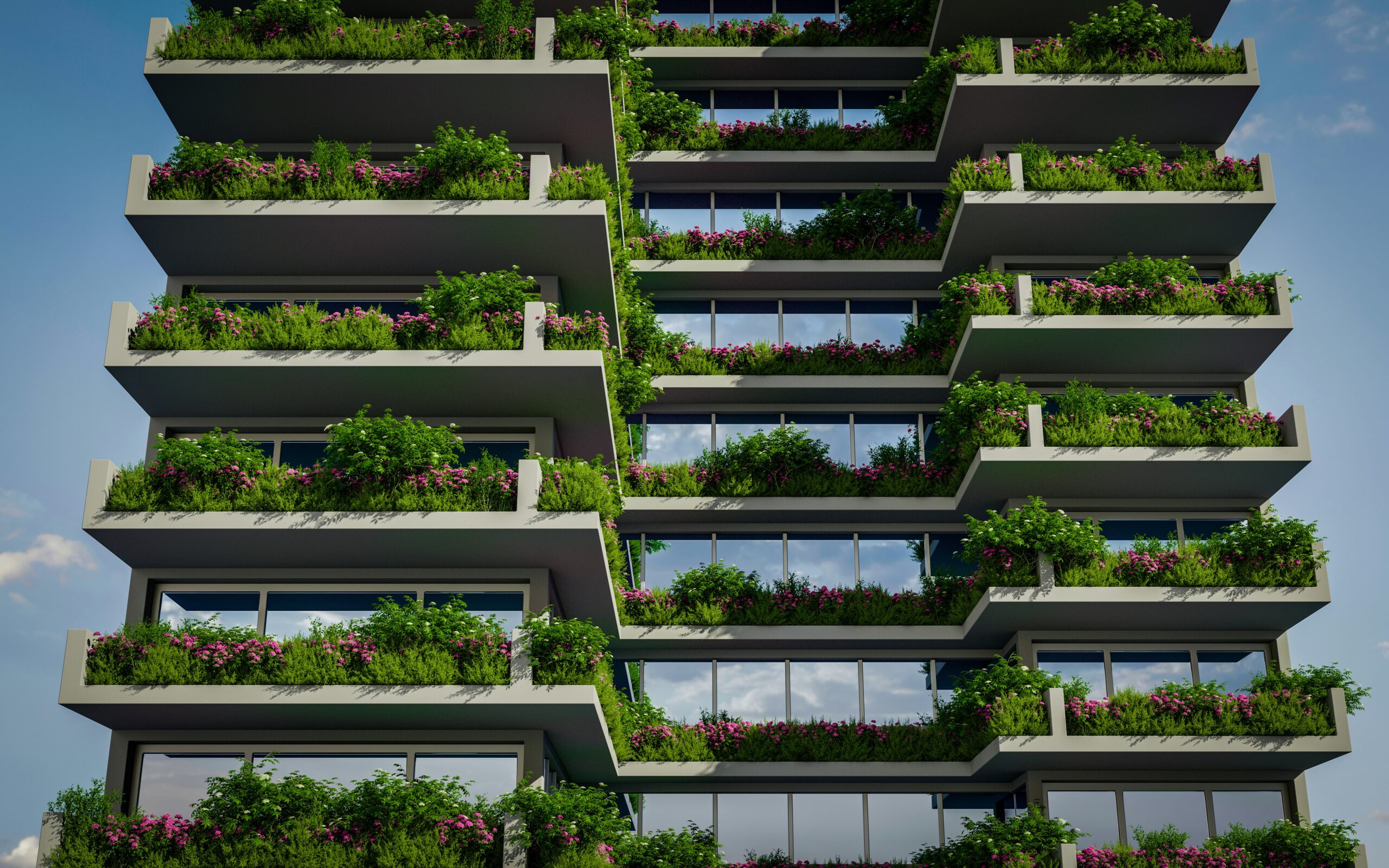
The housing market is undergoing a shift as sustainability becomes more than just a buzzword—it’s a necessity. Green homes are redefining what it means to live comfortably while minimizing environmental impact. Once considered a luxury, eco-friendly housing has now entered the mainstream, driven by increased awareness of climate change, rising energy prices, and a growing demand for healthier lifestyles.
For buyers, the appeal of green homes goes beyond environmental responsibility. These properties offer practical advantages, such as lower utility bills, healthier indoor spaces, and long-term value. For sellers and developers, the trend presents an opportunity to stand out in a competitive market. As a result, sustainable features are rapidly becoming standard expectations rather than optional add-ons.
Energy-Smart Innovations
Energy efficiency is one of the cornerstones of sustainable living. Developers are embracing high-quality insulation, efficient HVAC systems, and upgraded windows to reduce energy waste. Solar power is also becoming increasingly common, with rooftop panels allowing homeowners to produce clean energy while cutting reliance on the grid.
Smart home technology complements these efforts by offering better control and visibility. Automated lighting, programmable thermostats, and advanced monitoring systems help homeowners track energy use and make adjustments in real time. Together, these innovations reduce carbon footprints while making day-to-day living more cost-effective and convenient.
Smarter Water Use
Water conservation has become just as important as energy savings in sustainable housing. Homes are now designed with features like low-flow fixtures, efficient washing machines, and rainwater collection systems. These updates can reduce water bills significantly while addressing the global challenge of water scarcity.
Outdoor areas are also being reimagined with eco-friendly landscaping. Native plants and xeriscaping reduce irrigation needs and require less upkeep. By pairing water-saving technology with thoughtful landscape design, today’s green homes demonstrate how modern living can balance comfort with conservation.
Wellness-Oriented Design
A critical component of sustainability is ensuring that indoor environments support the health of residents. Green homes often feature materials that minimize pollutants, such as low-VOC paints, recycled wood, and non-toxic adhesives. These choices reduce exposure to harmful chemicals, creating healthier spaces for families.
Additionally, natural ventilation and daylighting strategies are prioritized to enhance both well-being and energy efficiency. Homes that maximize airflow and sunlight not only feel more inviting but also reduce the need for artificial lighting and cooling. Wellness and sustainability go hand in hand, making these homes especially appealing to health-conscious buyers.
Eco-Friendly Building Materials
The materials used in construction play a vital role in sustainability. Builders are increasingly turning to renewable or recycled options such as bamboo flooring, reclaimed wood, and recycled steel. These choices help reduce environmental damage while ensuring strength and durability.
Local sourcing is another growing trend. By using regionally available products, builders lower transportation emissions and support community economies. This approach highlights a broader perspective on sustainability—one that considers environmental, social, and economic impacts together.
Accessibility and Affordability
While sustainable homes were once viewed as expensive investments, market trends are changing. Green technologies like solar panels and energy-efficient appliances are more affordable than ever. Builders are also incorporating sustainable design at various price points, making eco-friendly living more accessible to middle-income buyers.
Government programs and tax incentives further encourage homeowners to adopt sustainable practices. From solar rebates to energy-efficiency credits, these financial benefits help reduce upfront costs, making it easier for buyers to choose environmentally friendly homes without compromising on affordability.
Shaping the Future of Real Estate
The demand for green homes is expected to keep growing, especially as younger generations enter the housing market. Millennials and Gen Z buyers tend to prioritize sustainability and long-term value, pushing developers to rethink traditional approaches. This cultural shift is setting the stage for widespread adoption of sustainable features in real estate.
Looking forward, the industry will likely see stricter building codes, greater reliance on renewable energy, and stronger emphasis on certifications such as LEED and ENERGY STAR. Green communities, where sustainable homes are paired with shared eco-friendly infrastructure, may also become more common. As these trends continue, green homes will no longer be an option but the standard, defining how future generations live and invest.